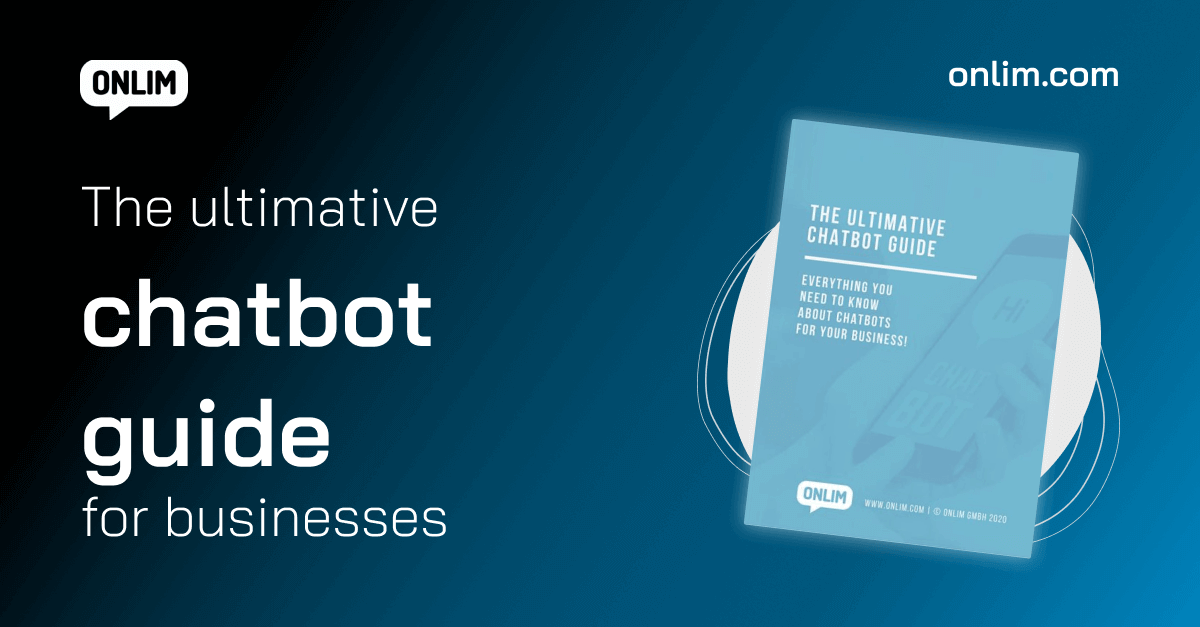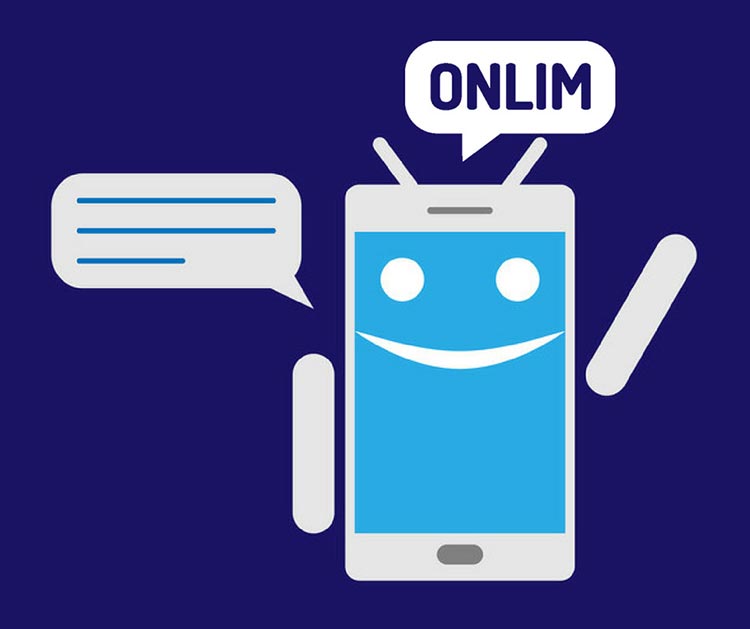Humans Vs. Machines In The Age Of Customer Experience
Today, we undeniably find ourselves in an age of customer experience. In 2020, customer experience should even overtake price and products as the key brand differentiator.
While businesses need to find ways to improve how their customers feel when interacting with them, they also have to overcome technological barriers and find a balance between humanity and automation.
What is important to realize is that in the age of customer experience, humans and machines aren’t competing against each other, they are excelling together to create the best customer service experience possible.
Download our free e-book to learn everything you need to know about chatbots for your business.
How does automation boost service quality?
Automation is a great way for businesses to reduce customer service costs and speed up resolution time for simple service requests. But how does automation improve service quality?
Virtual assistants such as chatbots and voice assistants provide two main advantages over chatting with humans: speed and availability. Automated AI-based programs can handle more queries than humans and do so at an incredible speed.
Yet, not every customer interaction can be solved by machines. In some cases, they take care of collecting customer data and send them off to a human service agent.
Making the most of your customer experience – Humans AND machines
Humans as well as AI have their strong suits in different domains. While humans can read emotions, react empathetically and interpret context better (so far at least), AI-powered virtual assistants excel at handling and searching through big data sets and taking care of multiple simple queries at a near-instant speed.
Combine the both and you set the perfect base for a great customer experience. Bots make more than just customer service tools, they can also be great for marketing and sales. At the same time humans are still a crucial part of providing great customer experience at this point in time.
Chatbots improve human agents’ success
AI-based systems can take care of most customer queries but there are cases when a machine reaches its limits. If queries are too complex a human agent can take over provide support.
Hubspot, for example, uses chatbots to categorize incoming leads, deliver content, or connect qualified leads directly to a member of the sales team. Reportedly this step has generated a 182% increase of qualified leads compared to live chat alternatives.
Chatbots, voice assistants and AI, stay informed with the free Onlim newsletter.
Extended support for human service agents
Even if a business has all their customer support taken care of by humans, they can use chatbots to support their agents. For example, chatbots can deliver relevant information to agents such as ongoing discounts or remind them that a product is out of stock. This way every customer agent has their own personal assistant at their side to assist them with their tasks.
Some insurance companies are using service bots to search for information in their internal documentation. A process that used to be highly time-consuming can now be done with a few clicks – saving time and frustration. Through this, customers can get the right offer within minutes.
Humans enhance chatbots
Combined with a chatbot, humans can take care of up to 10 clients at the same time. This is a lot more compared to trying to handle these many queries by themselves.
If a chatbot can’t help a customer with their needs, a human agent can take over within seconds and report the limitation to the chatbot development team – making for an even better chatbot experience in the future.
More flexibility for human tasks
By utilizing chatbots, frequently asked questions can be answered automatically. Giving businesses more flexibility to use their service agents more effectively. Especially when customer service isn’t the only task these employees have to take care of.
In this way, working with chatbots can also improve employee satisfaction, as they can work on different and more motivating and demanding tasks than answering repetitive questions.
The future of customer service
As seen in our examples and use-cases, using chatbots and voice assistants in customer service doesn’t mean they are competing with humans. Rather, it’s about creating a better customer service experience that is enhanced by humans and machines supporting each other. Humans are taking care of aspects that require empathy and complex intelligence, while chatbots are advantageous when dealing with simple and reoccurring tasks.
AI-based customer service technology is still in its infancy and will transform the digital customer experience as we know it. Right now companies are using AI to get ahead, this is about to change over the next few years and investing in AI technology will be the norm to stay relevant.
What are Large Language Models (LLMs)?
March 18th, 2024|
What are chatbots and how do they work?
November 23rd, 2023|
The AI Act and its impact on the use of chatbots
October 27th, 2023|




